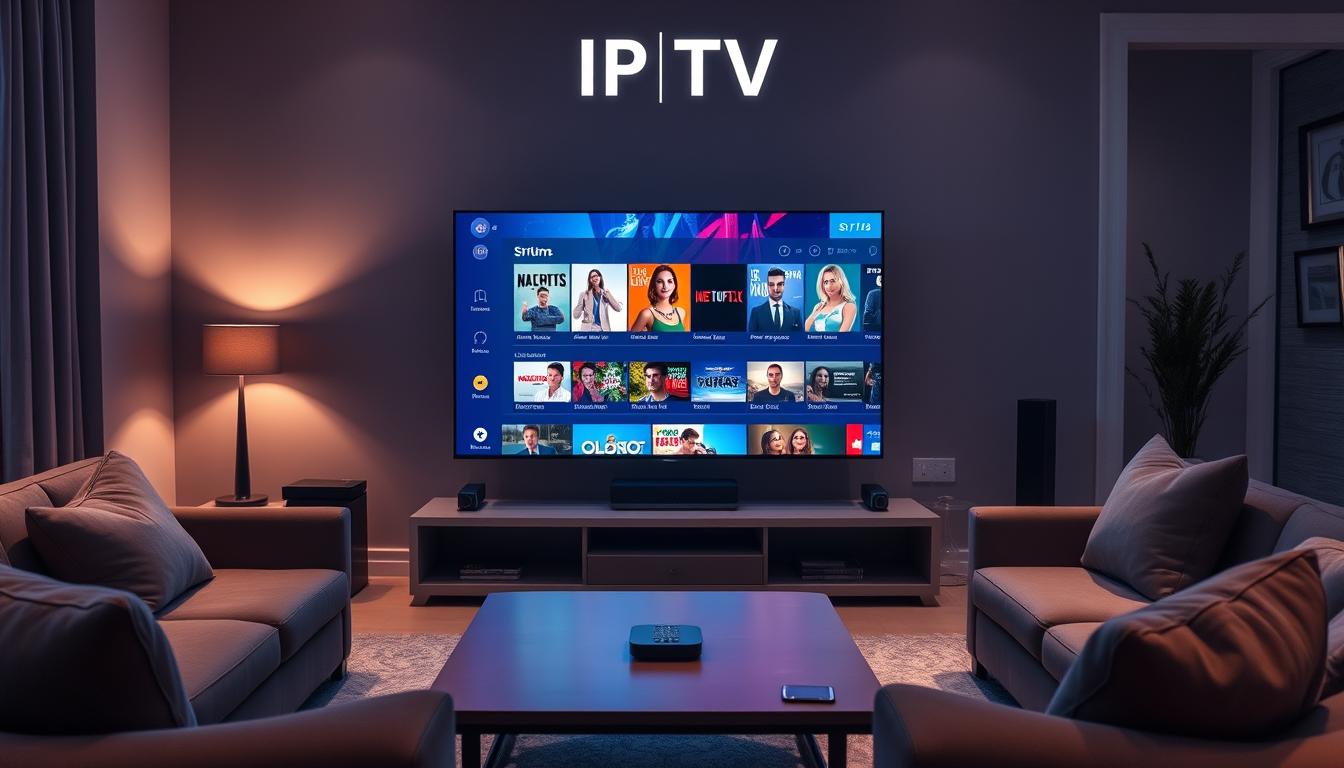
What is IPTV?

Table of Contents
IPTV, or Internet Protocol Television, is a new way to watch TV using the internet. It’s different from old TV types like terrestrial, satellite, and cable. IPTV uses fast internet to bring you TV shows, live events, and more.
With IPTV, you can watch TV shows whenever you want, thanks to the internet. This makes watching TV more flexible and fun. Now, you can choose what you want to watch and how you want to watch it, making TV more personal.
- IPTV stands for Internet Protocol Television and delivers TV content via the internet.
- IPTV bypasses traditional broadcast methodologies, utilizing broadband connections.
- It offers on-demand content and interactive TV services.
- IPTV provides a personalized and tailored viewing experience.
- The technology is integrated into modern digital lifestyles for greater convenience.
Understanding IPTV: A Brief Overview
IPTV technology has changed how we watch TV. It uses the internet to send video content straight to users. This method has big advantages for today’s connected viewers.
One big plus of IPTV is its on-demand content. Viewers don’t have to stick to a set schedule. They can watch their favorite shows and movies at any time, thanks to IPTV streaming.
IPTV also blends well with other internet services. This makes watching TV more interactive. For example, viewers can use social media, browse the web, or shop online while watching TV.
Also, IPTV lets viewers get content that’s just right for them. It uses their viewing habits to suggest shows and movies. This personal touch is hard to find with traditional TV.
Let’s compare IPTV with traditional TV:
| Feature | IPTV | Traditional TV |
|---|---|---|
| Content Delivery | Internet Protocol | Broadcast Signal |
| Viewing Flexibility | On-Demand | Scheduled Programming |
| Interactivity | High | Low |
| Personalization | Customized | Limited |
In short, IPTV changes how we watch TV for the better. It uses the internet to deliver content, offering a flexible, interactive, and personalized experience.
How IPTV Works
IPTV uses advanced tech and systems to deliver TV content over the internet. It’s important to know how it works to understand its strength. Each part of IPTV plays a key role in making it work well.
Understanding Streaming Protocols
Streaming protocols are key to IPTV’s success. Protocols like MPEG4 and h.264 are used for efficient data transfer. They compress video data, saving bandwidth while keeping quality high. This is vital for streaming HD content smoothly.
Role of Internet Providers
Internet providers are crucial for IPTV. They offer fast connections needed for smooth streaming. They manage bandwidth to keep IPTV running without interruptions. In Canada, ISPs like Bell, Shaw, and Rogers lead in providing this service.
IPTV Devices and Equipment
To use IPTV, you need the right hardware and software. A set-top box or a smart TV is necessary for decoding internet signals. Brands like Roku and Apple TV offer easy-to-use interfaces and more features. Smart TVs have IPTV apps built-in, and you can also use apps on phones and tablets.
Here’s a look at some popular IPTV devices:
| Device | Features | Advantages |
|---|---|---|
| Roku | Wide variety of channels, easy setup | Cost-effective, user-friendly |
| Apple TV | High integration with Apple ecosystem | Seamless experience for Apple users |
| Smart TV | Built-in apps, eliminates the need for extra devices | Simplifies setup, space-efficient |
Major Benefits of IPTV
The way we watch TV has changed a lot with IPTV. This new way of watching TV is better than old TV in many ways. It fits what people want to watch today.
On-Demand Content
IPTV gives you the power to watch what you want, when you want. You can pick from a huge selection of movies, series, and shows at any time. You don’t have to stick to a set TV schedule anymore.
This makes IPTV perfect for people who like to watch things on their own schedule. It’s all about getting content that you like, when you like it.
Flexibility and Scalability
IPTV is also super flexible and can grow with you. You can watch on many devices like phones, tablets, and smart TVs. This makes watching TV better for everyone.
It’s great for people who want to watch TV on different devices. IPTV keeps up with how we use technology and want to watch more shows and movies.
IPTV vs Traditional TV
The debate between IPTV and traditional TV, like cable and satellite TV, is getting bigger. Knowing the differences helps people make better choices.
Cable and satellite TV have a big problem with linear programming. This means shows are shown at set times, which can cause viewers to miss their favorite shows. It also limits when you can watch TV.
IPTV uses fast internet for a better watching experience. It doesn’t stick to a set schedule like traditional TV. This lets viewers watch shows when they want, making it more flexible.
This change to on-demand watching fits what today’s viewers want. They like to watch shows at their own time and choose what they want to see.
Let’s look at how they compare:
| Feature | IPTV | Cable TV | Satellite TV |
|---|---|---|---|
| Content Delivery | Internet-based | Coaxial cables | Satellite signals |
| Programming Flexibility | On-demand, non-linear | Linear | Linear |
| Interactivity | High | Low | Low |
In short, traditional TV sticks to a set schedule and linear programming. IPTV uses the internet for flexibility and interactivity. This makes watching TV more dynamic and personal, fitting today’s viewers who want more control over their TV.
IPTV in Canada: Current Trends and Adoption
IPTV services in Canada have grown a lot in recent years. This shows a big change in how people watch TV. More and more households are choosing IPTV for its variety and flexibility.
Fast internet is a big reason why people are choosing IPTV. It lets them stream shows without any problems. This has changed how people watch TV, moving away from traditional cable to something more flexible.
A lot of Canadian families are now using IPTV instead of other options. This is especially true in cities, where people are more tech-savvy.
| Adoption Rate | Region | Year-on-Year Growth |
|---|---|---|
| 45% | Urban Areas | 20% |
| 30% | Suburban Areas | 15% |
| 20% | Rural Areas | 10% |
Big names like Netflix and Amazon Prime are making things more competitive. They’re pushing local IPTV services to keep improving. This keeps the market exciting and full of new things for viewers.
The rules in Canada are also important for IPTV. Officials are making sure there’s fair play for everyone. This helps keep the competition healthy.
As IPTV grows, how Canadians watch TV will keep changing. People are loving the ability to watch what they want, making IPTV a key part of entertainment today.
Top IPTV Service Providers in Canada
The IPTV market in Canada is growing fast. This means more options for consumers looking for the best IPTV providers. We’ll look at a service comparison. We’ll check out pricing, features, and what customers say.
Comparing Pricing and Features
Choosing the right IPTV service often comes down to comparing prices and features. Here’s a detailed look at leading Canadian IPTV providers:
| Provider | Monthly Price | Channel Package | Additional Features |
|---|---|---|---|
| Bell Fibe TV | $25 | 100+ channels | 4K support, PVR |
| Rogers Ignite TV | $24.99 | 120+ channels | Voice remote, Cloud PVR |
| Shaw BlueCurve TV | $28 | 115+ channels | Stream from apps, PVR |
| VMedia TV | $17.95 | 70+ channels |
Cloud-based PVR, Chromecast support |
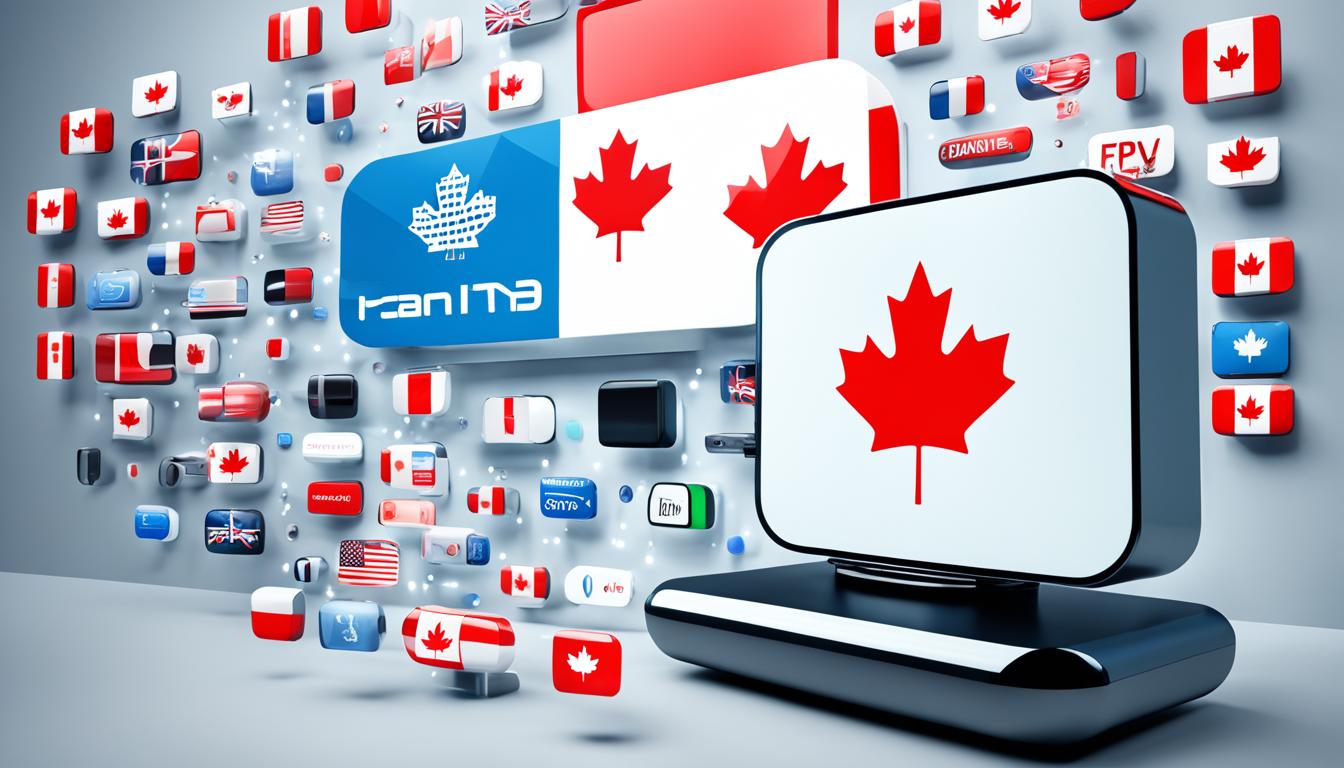
User Reviews and Satisfaction
Customer feedback is key when picking IPTV providers. Here’s what users say:
- Bell Fibe TV: Users like the picture quality and many channels. But, some think it’s too pricey.
- Rogers Ignite TV: People like its easy interface and voice remote. But, some have streaming problems.
- Shaw BlueCurve TV: It gets good reviews for working well with streaming apps. But, some have issues with the PVR.
- VMedia TV: It’s praised for being affordable and having good customer service. Some say there are fewer channels.
How to Set Up IPTV at Home
Setting up IPTV at home is easy with a few key steps. First, make sure your internet speed is good enough for streaming. You’ll need at least 25 Mbps for HD content on one stream. For more streams, you’ll need faster speeds.
After checking your internet speed, get the right networking gear. You’ll need a router, maybe a Wi-Fi extender for big homes, and your IPTV device. This could be a smart TV, set-top box, or a special IPTV box. Connect these to your network for the best performance.
Then, start the IPTV setup. Most services have an app you can download from your device’s app store. Just install the app, log into your account, and adjust settings to your liking.
Here is a summary of the primary steps involved:
- Verify your internet speed and upgrade if necessary.
- Set up your router and any additional networking equipment.
- Install the IPTV app on your chosen device.
- Log in and configure settings based on your viewing preferences.
Finally, be ready to fix common issues. If you have connectivity problems, try restarting your router or checking your device connections. For buffering, you might need to lower the streaming quality or get a faster internet plan. These steps will ensure a smooth IPTV setup at home.
Future of IPTV and Its Impact on Media Consumption
The future of IPTV is full of exciting changes thanks to new tech and shifting consumer habits. We need to see how new tech and changing habits will change how we watch media.
Emerging Technologies in IPTV
5G will bring fast, reliable internet to IPTV, changing how we watch shows and movies. This tech will make streaming smoother and cut down on waiting times. AI and machine learning will also make IPTV better by giving us shows we like more and making it easier to use.
VR and AR will take TV to the next level, making it more interactive and immersive. This could change how we watch shows forever.

Changing User Preferences and Habits
People are changing how they watch TV, wanting more control and personal choices. They want to watch on different devices without hassle. This means IPTV needs to offer easy switching between phones, tablets, and TVs.
More people are watching shows when they want, not just at set times. This shows how much we value watching what we want, when we want it.
IPTV is getting better all the time, thanks to new tech and changing how we watch shows. This will lead to a big growth in the industry, bringing new and exciting changes.
Conclusion
IPTV has changed the way we watch TV. It lets us stream shows and movies on demand, giving us more control over what we watch. This technology is making traditional TV less popular.
In Canada, more people are using IPTV. Many providers offer different services and prices. This competition means viewers get better entertainment options that fit their needs.
The future of IPTV looks bright with new technologies and changing tastes. These changes will keep making IPTV better and more popular. IPTV is becoming a key part of how we enjoy media today and tomorrow.
FAQ
What is IPTV?
IPTV stands for Internet Protocol Television. It delivers TV content over the internet, skipping traditional TV formats. It uses data networks to give users multimedia content. This lets viewers stream media anytime they want.
How does IPTV streaming differ from traditional TV broadcasting?
IPTV streams video over the internet using internet protocols. Traditional TV uses old formats like terrestrial, satellite, or cable. IPTV gives viewers personalized and interactive TV services through a fast internet connection.
What are the main advantages of IPTV technology?
IPTV has many benefits over traditional TV. It offers personalized viewing, on-demand content, flexibility, and can grow easily. It lets you stream content on many devices at once.
What equipment is needed to access IPTV services?
You need special hardware and software to get IPTV, like set-top boxes or smart TVs. You also need a stable, fast internet connection for smooth streaming.
What are streaming protocols in IPTV?
Streaming protocols help deliver IPTV content over the internet. They use methods like MPEG4 and h.264 to make sure video and audio streams are high quality.
How do internet service providers impact IPTV?
Internet service providers are key to delivering fast connections for IPTV. They manage IPTV traffic to make sure streaming is smooth and without interruptions.
What benefits does on-demand content in IPTV offer?
On-demand content in IPTV means you can watch your favorite shows and movies whenever you want. It lets you choose what to watch, not just what’s on at the time.
How does IPTV compare to cable and satellite TV?
IPTV is different from cable and satellite TV because it uses fast internet for viewing. It lets you watch what you want, when you want, giving you more control over your TV.
What are the current trends in IPTV adoption in Canada?
In Canada, IPTV is getting more popular. This is because people are changing how they watch TV and there are more streaming services available. The rules and market size show this change.
Who are the top IPTV service providers in Canada?
The best IPTV services in Canada vary in price, channels, and features. Reviews and satisfaction scores help show what’s good and bad about each service.
How can I set up IPTV at home?
To set up IPTV at home, make sure your internet is fast enough. You’ll also need the right equipment and follow the setup for apps or software on your devices. Fixing common problems can make sure it works well.
What is the future of IPTV and its impact on media consumption?
The future of IPTV will be shaped by new tech like 5G, AI, and VR. These will improve how IPTV works and what users get. Changing what people want from TV will keep making IPTV better.
The best IPTV providers
Popular Posts

Cord-Cutting in Canada: Why Apollo Group TV is the Future of Television
Turning your TV into a streaming hub is easy with IPTV Smarters Pro on your Firestick. This guide will show you how to install IPTV on Firestick. You’ll get live TV channels and on-demand content. It’s easy for both beginners and tech experts to follow.

How to Watch Live Sports in Canada with Apollo Group TV
Turning your TV into a streaming hub is easy with IPTV Smarters Pro on your Firestick. This guide will show you how to install IPTV on Firestick. You’ll get live TV channels and on-demand content. It’s easy for both beginners and tech experts to follow.
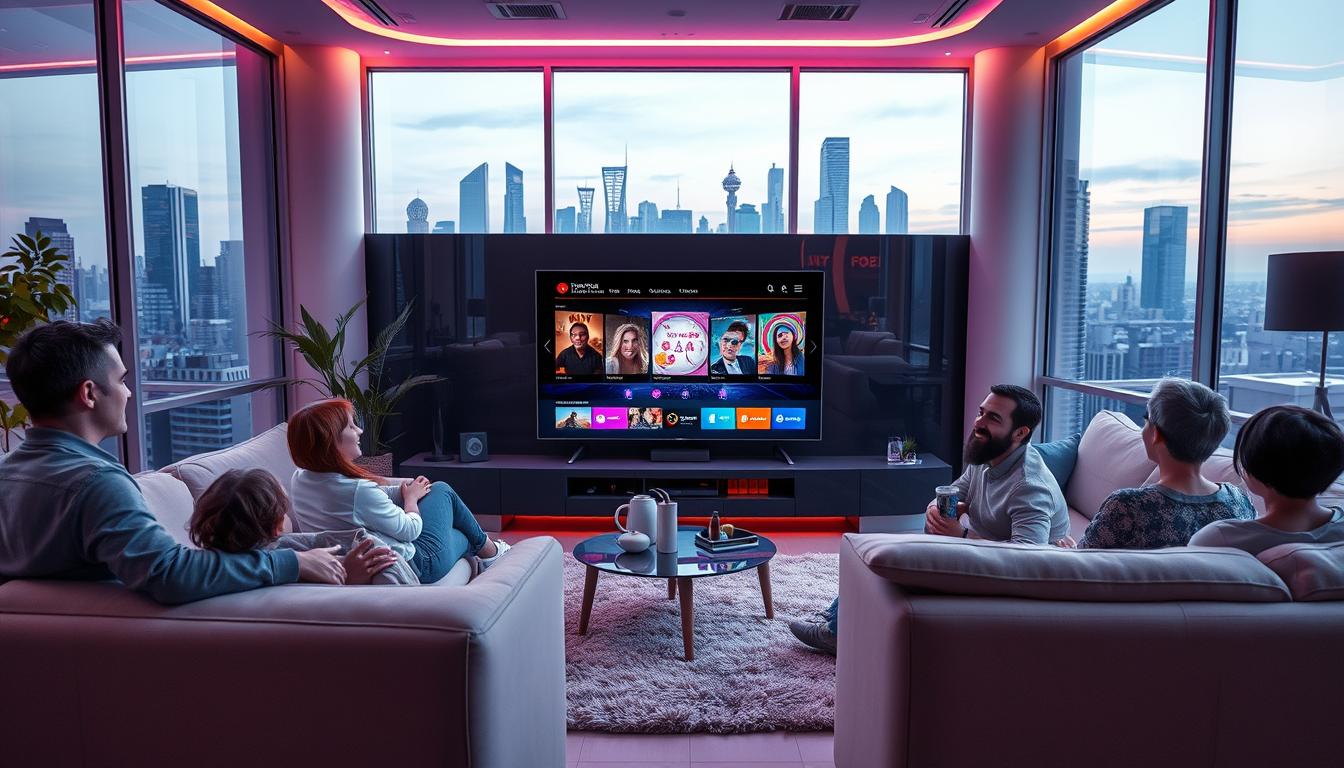
The Ultimate Guide to Apollo Group TV: The Best IPTV Service in Canada
Turning your TV into a streaming hub is easy with IPTV Smarters Pro on your Firestick. This guide will show you how to install IPTV on Firestick. You’ll get live TV channels and on-demand content. It’s easy for both beginners and tech experts to follow.

Top 5 Reasons to Choose Apollo IPTV for Live Sports and Movies
Turning your TV into a streaming hub is easy with IPTV Smarters Pro on your Firestick. This guide will show you how to install IPTV on Firestick. You’ll get live TV channels and on-demand content. It’s easy for both beginners and tech experts to follow.
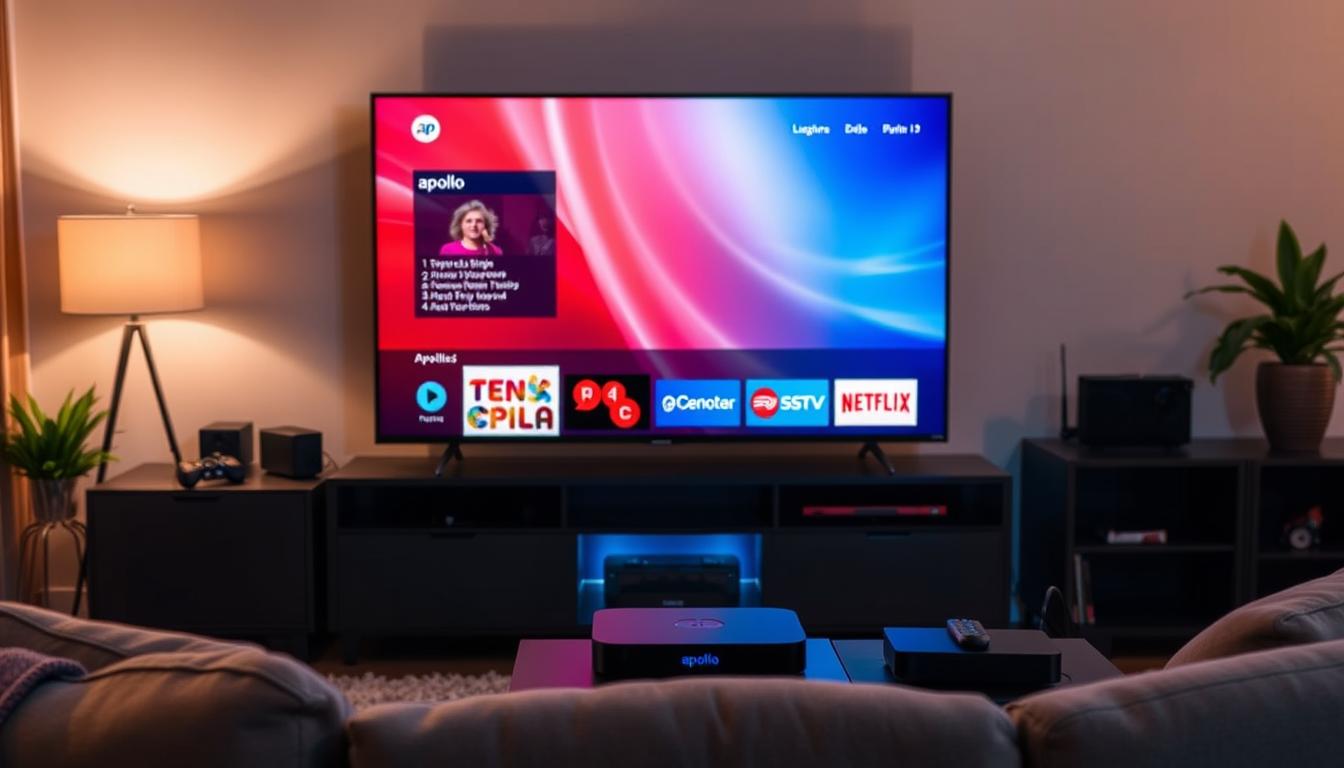
Step-by-Step Guide: Setting Up Apollo IPTV on Any Device
Turning your TV into a streaming hub is easy with IPTV Smarters Pro on your Firestick. This guide will show you how to install IPTV on Firestick. You’ll get live TV channels and on-demand content. It’s easy for both beginners and tech experts to follow.

Why Apollo IPTV is the Future of Entertainment
Turning your TV into a streaming hub is easy with IPTV Smarters Pro on your Firestick. This guide will show you how to install IPTV on Firestick. You’ll get live TV channels and on-demand content. It’s easy for both beginners and tech experts to follow.
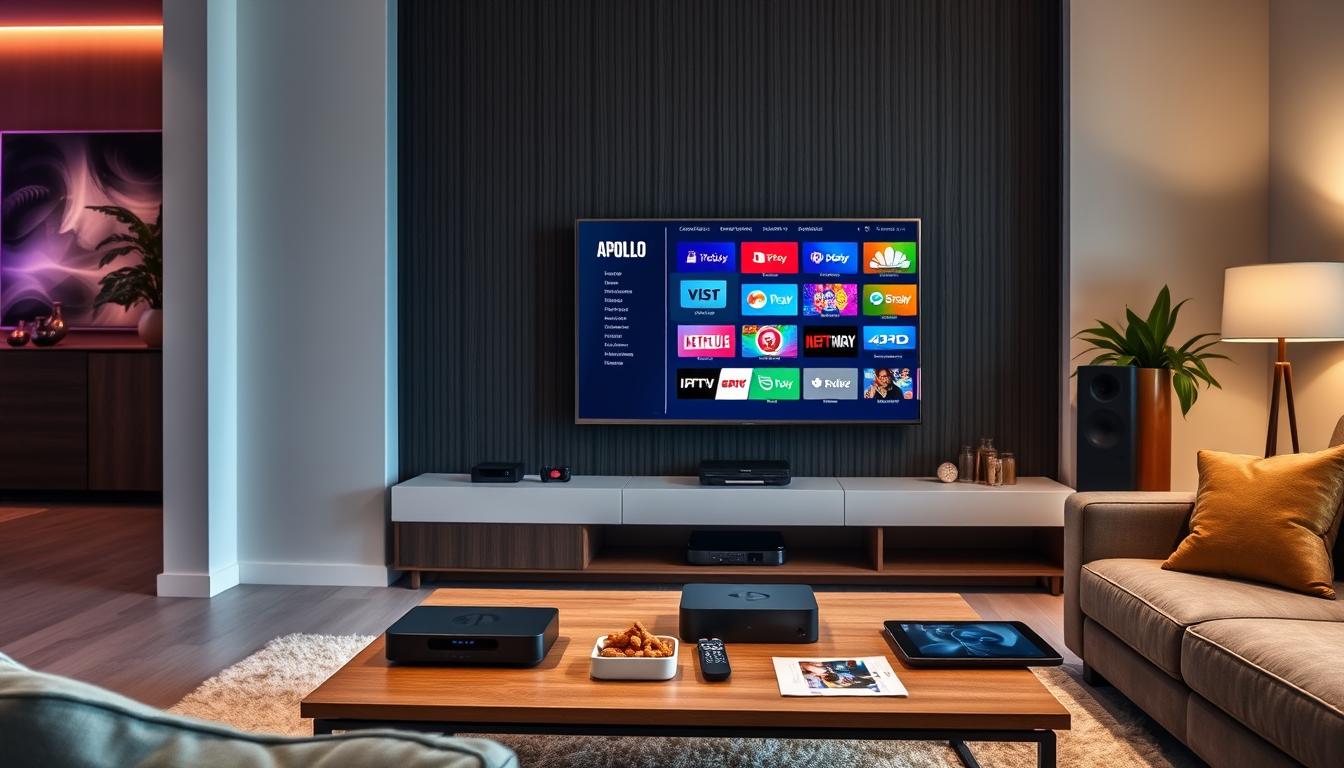
How to Set Up Apollo IPTV on Any Device
Turning your TV into a streaming hub is easy with IPTV Smarters Pro on your Firestick. This guide will show you how to install IPTV on Firestick. You’ll get live TV channels and on-demand content. It’s easy for both beginners and tech experts to follow.
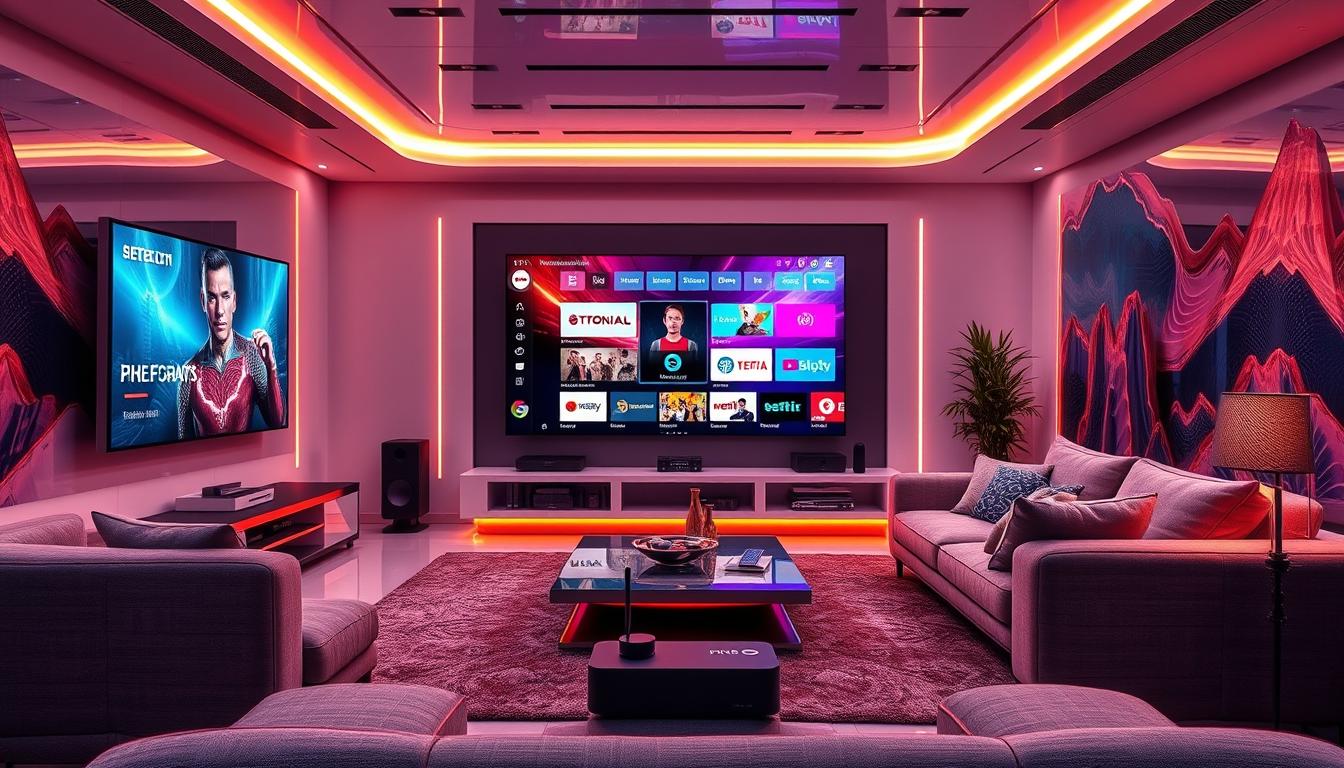
10 Reasons Why Apollo IPTV Outshines Traditional Cable TV
Turning your TV into a streaming hub is easy with IPTV Smarters Pro on your Firestick. This guide will show you how to install IPTV on Firestick. You’ll get live TV channels and on-demand content. It’s easy for both beginners and tech experts to follow.
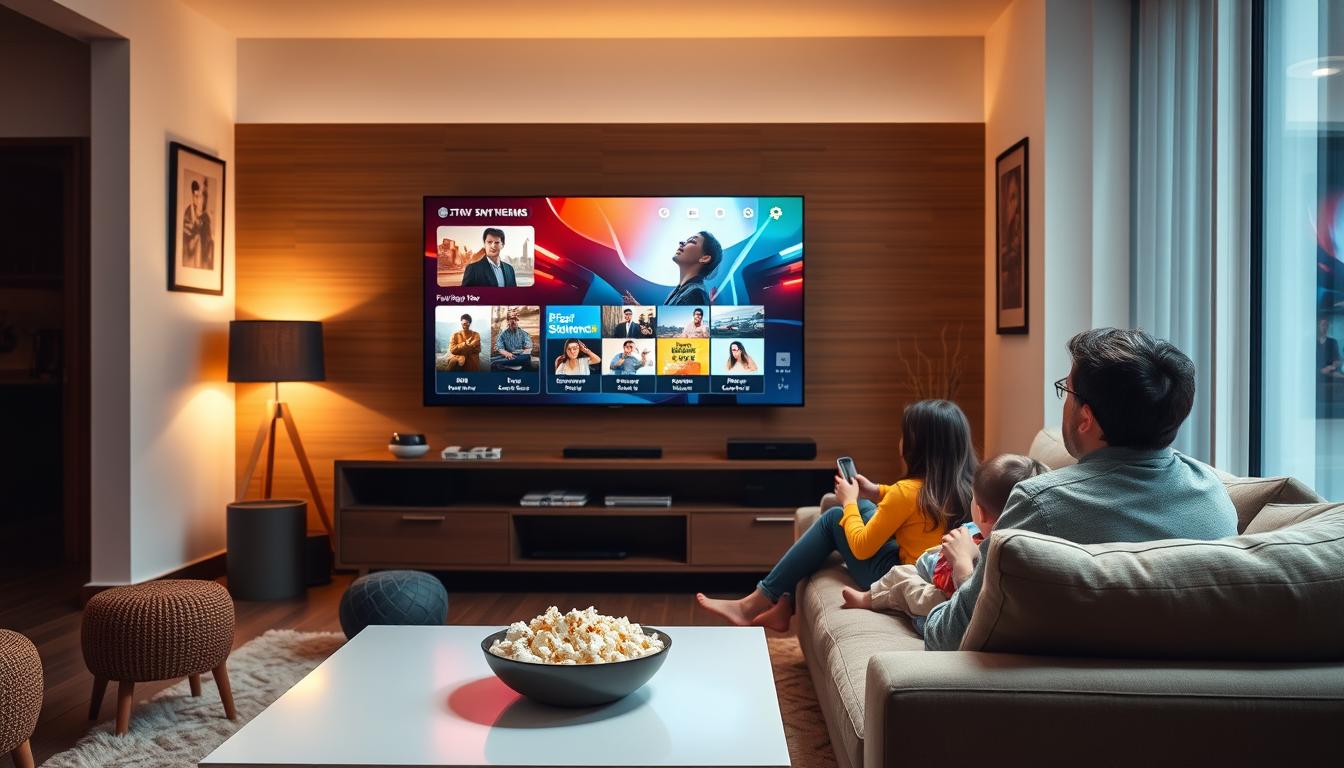
Apollo Group TV: The Best IPTV Service for Canadian Families
Turning your TV into a streaming hub is easy with IPTV Smarters Pro on your Firestick. This guide will show you how to install IPTV on Firestick. You’ll get live TV channels and on-demand content. It’s easy for both beginners and tech experts to follow.

Apollo Group TV vs. Cable: Why More Canadians Are Making the Switch
Turning your TV into a streaming hub is easy with IPTV Smarters Pro on your Firestick. This guide will show you how to install IPTV on Firestick. You’ll get live TV channels and on-demand content. It’s easy for both beginners and tech experts to follow.
